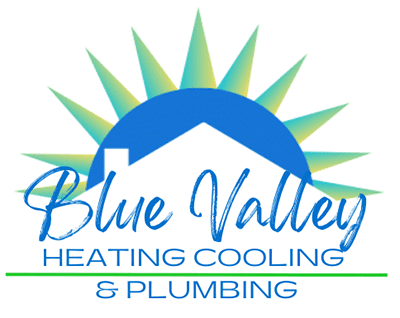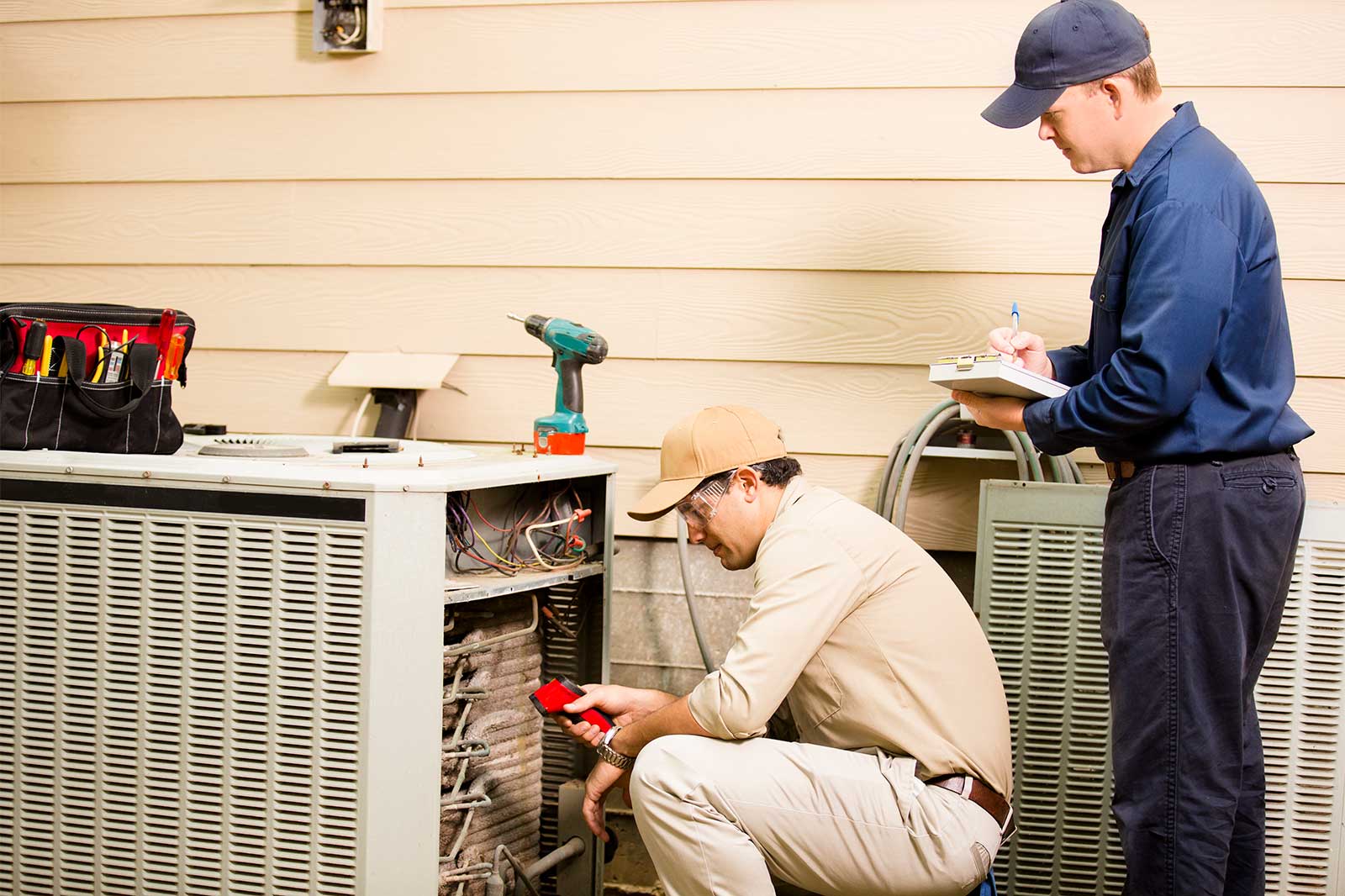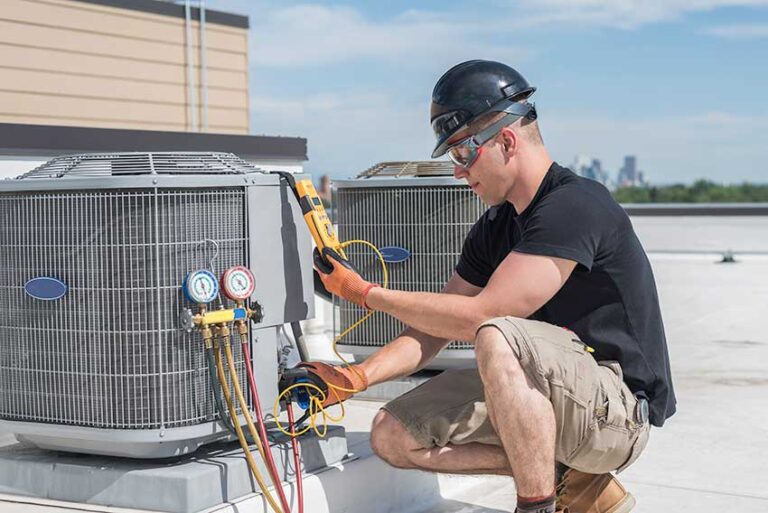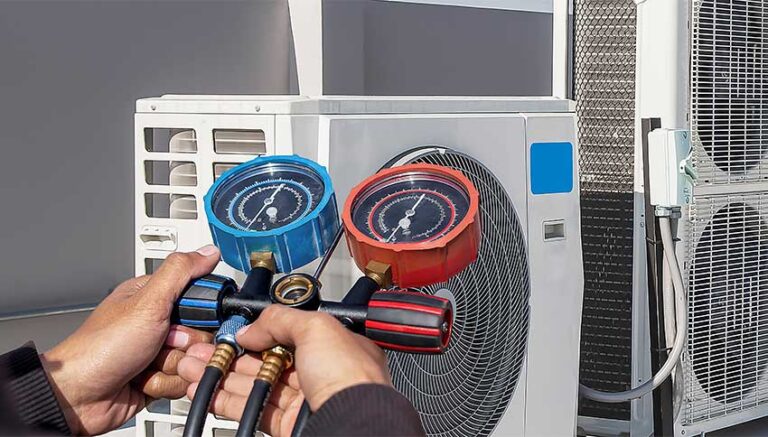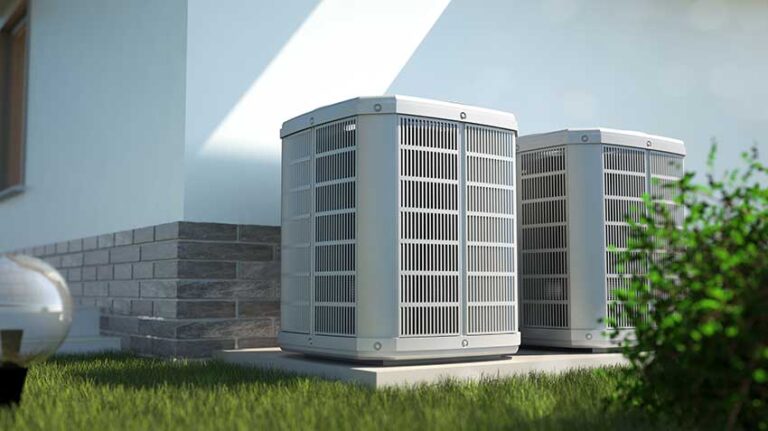What is Air Balancing in an HVAC System?
Air balancing is the process of testing and adjusting your air conditioning system to deliver the right amount of air to each room in your home.
Have you noticed the temperature difference in the rooms in your house? In that case, there is a problem with the HVAC system, and you should conduct an air balance test and contact an HVAC contractor to help you fix the issue.
When the air in your HVAC system is not well balanced, one room will be warm while the other will be cold. These temperature differences can shoot the cost of the electric bill through the roof.
But first, let’s discuss what we mean by air balancing an HVAC system.
A proper air balancing method is used to adjust and balance the airflow of a HVAC system, so the air conditioner delivers the right amount of conditioned air to each room in your house.
The testing and balancing of the air process involves using test instruments, sensors, and monitors to verify the ideal temperature and airflow of the HVAC system in your house.
Why Air Balancing Matters in HVAC Systems
We have answered the question, “what is air balancing?” But you’re probably still wondering why it matters. Here are the number-one reasons air duct balancing is important:
Greater Comfort
When your HVAC system is not delivering adequately conditioned air to every room, it can be uncomfortable for everyone in the house. Learning how to balance air pressure in a house ensures everyone enjoys the ideal temperature at comfortable levels, no matter the season.
Better indoor air quality
An imbalanced airflow on either a commercial or home HVAC system can cause low-quality airflow. The low airflow allows contaminants like mold to grow in the system. Molds also cause many respiratory problems, including headaches and red itchy eyes. When an HVAC technician begins the HVAC air balancing procedure, they will test, adjust, and balance the airflow. This will allow fresh quality air in your house, improving the quality of life of everyone in the house.
Lower Energy Bills
When there are temperature differences in your house, the HVAC system consumes more energy to balance the temperature. This excessive energy consumption will also increase the cost of your electric bills. That is why it’s vital to seek the service of a professional HVAC contractor for balancing air conditioning systems and heating systems.
Problems that Air Balancing Can Help Diagnose
As we’ve seen already, learning how to balance air flow in a house helps maintain the ideal temperature in the house, making life a comfortable one.
However, there can be many problems with your HVAC system’s air balancing. An HVAC technician will measure the amount of air coming and going through vents using a manometer. The manometer is used to record air pressure inside an HVAC system. Some of these problems include the following:
Depending on the problem you’ll find during the diagnosis, there are few solutions the HVAC expert can implement to resolve the issue. Here are possible solutions.
The expert could adjust the fan’s speed or thermostat. You can solve the problem by repairing, replacing, or learning how to balance HVAC ducts. If the diagnosis is from the dampers, adjusting the dampers of the air conditioning unit may help, or you can add new dampers or adjust the existing ones.
Call Us For Your Professional HVAC Air Balancing Procedure
The HVAC air balancing procedure can be used when determining how to balance a heating system or air conditioning system. It aims to correct the airflow problems and evenly disperse temperatures throughout the house. The air balancing process requires testing and adjusting the existing HVAC system to deliver optimal temperature.

The process of testing, adjusting, and balancing airflow in your HVAC system should be handled by an expert and not yourself.
The Process of Air Balancing
- Get manufacturer outlet factors and recommended testing procedures. Crosscheck the summation of required outlet volumes and required fan volumes.
- Check airflow patterns from the outdoor air louvers and dampers and the return and exhaust air dampers through the supply fan discharge and mixing dampers.
- Locate start-stop and disconnect switches, electrical interlocks, and motor starters.
- Verify that motor starters are equipped with appropriately sized thermal protection.
- Check dampers for proper position to achieve the desired airflow path.
- Check for airflow blockages.
- Check condensate drains for proper connections and functioning.
- Check for adequate sealing of air-handling-unit components.
- Verify that the air duct system is sealed.
Another method you can implement to increase the quality of airflow in your house is to keep the surrounding areas of the HVAC system clear.
A simple yet effective way to balance the air pressure in your house is to keep large furniture and electrical equipment away from the HVAC system. The electrical equipment can interfere with the operations of the thermostat, which can lower its output pressure.
Large furniture in the HVAC system’s pathway can obstruct the HVAC system’s airflow.
Balancing air conditioning systems helps extend the life span of your HVAC system. There might be many reasons why the HVAC system is not functioning correctly, reducing its lifespan. Make sure you always report all problems encountered to your repairing tech. When a technician works on the HVAC system to restore the correct airflow, it also improves the lives of everyone in the house.
Our company, Blue Valley Heating and Cooling, specializes in HVAC air balancing procedures. Our team has the right certification and expertise, so give us a call today at (720) 204-8139!
